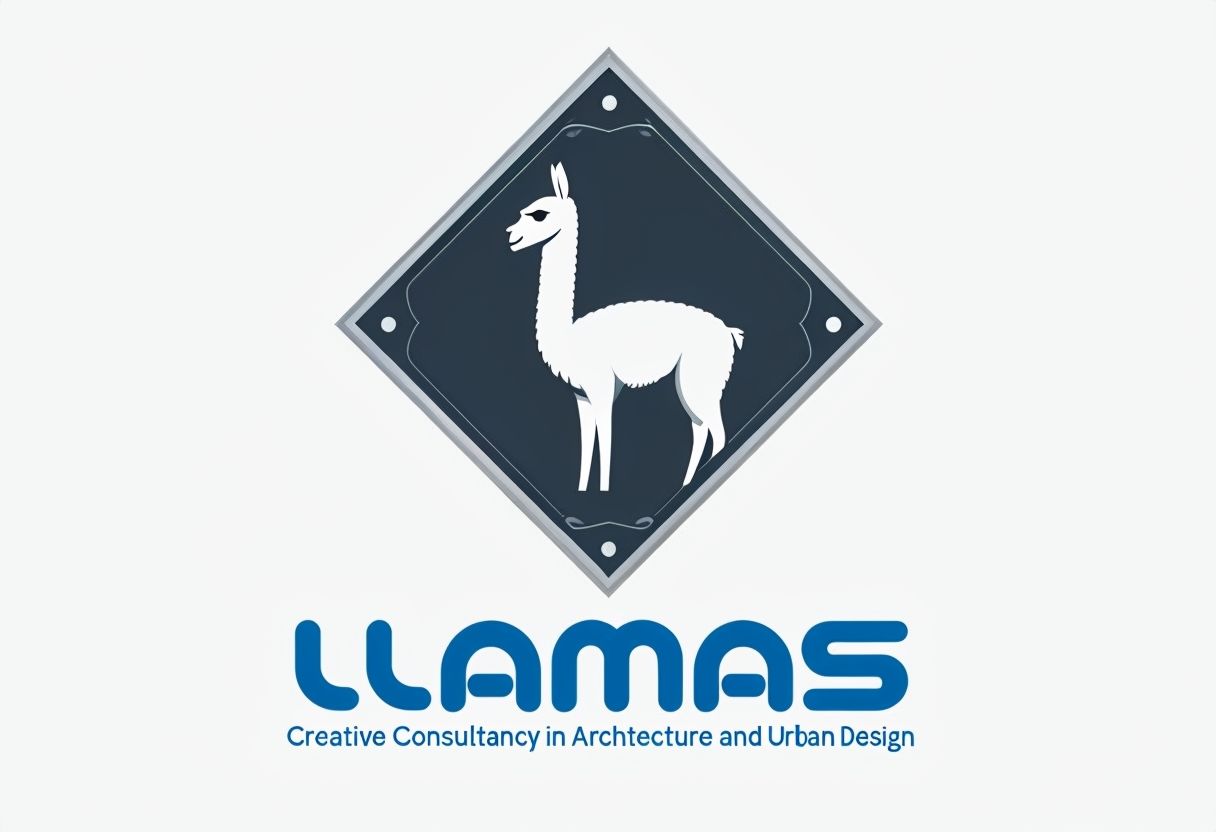Course Overview
Understanding LLaMA Architecture
1. In-depth Look at LLaMA’s Transformer Architecture
LLaMA (Language Model from Meta) is based on the Transformer architecture, a deep learning model designed for handling sequential data, particularly in NLP tasks. The Transformer consists of two primary components:
- Encoder: Reads and processes the input data.
- Decoder: Generates the output data based on the encoded information.
LLaMA, like other modern language models, focuses on decoders that generate text from input sequences. It uses the self-attention mechanism to process words in parallel and capture long-range dependencies, making it much faster and more efficient than previous models like RNNs and LSTMs.
The architecture is made up of stacked layers of transformers, each layer composed of multi-head self-attention and feedforward networks.
2. Layers, Parameters, and Training Strategy of LLaMA
- Layers: LLaMA consists of transformer blocks stacked on top of each other. Each block contains two primary components:
- Self-Attention: Allows the model to weigh the importance of different tokens in the input sequence.
- Feedforward Neural Networks: Processes the information after self-attention.
The number of layers varies depending on the model size, ranging from smaller models with fewer layers to larger ones with more.
- Parameters: LLaMA is designed to be flexible, with different models having varying numbers of parameters (weights). LLaMA’s largest models have billions of parameters, allowing them to understand complex language patterns.
- Training Strategy:
- Pretraining: LLaMA is trained on vast datasets using unsupervised learning. The model learns to predict the next word in a sentence by analyzing context.
- Fine-Tuning: After pretraining, LLaMA can be fine-tuned on specific tasks (e.g., question answering, summarization) to improve performance on specialized tasks.
LLaMA’s architecture and training allow it to generalize well across a variety of NLP tasks, making it highly versatile.


